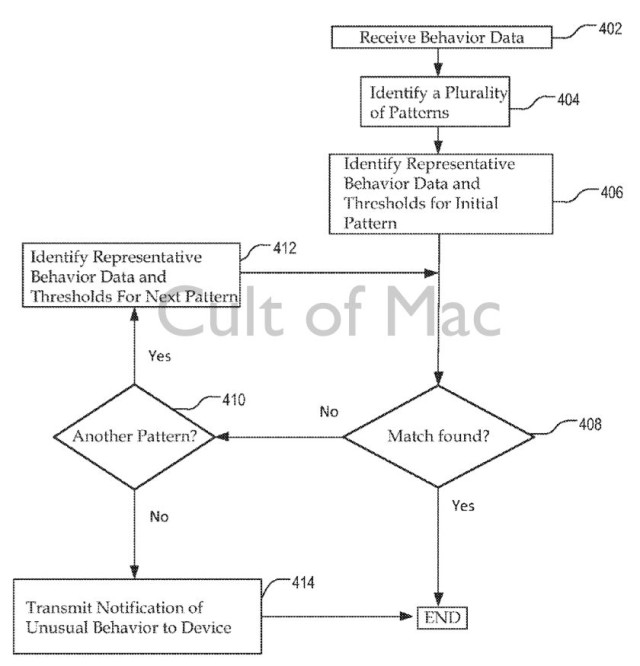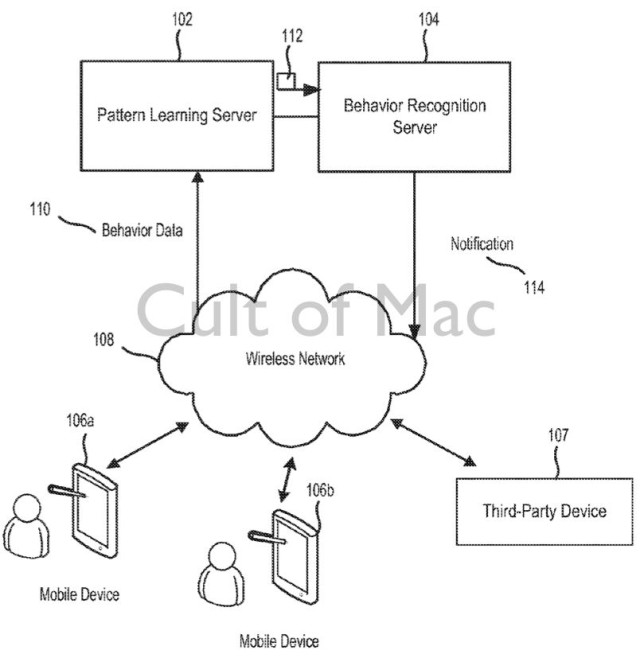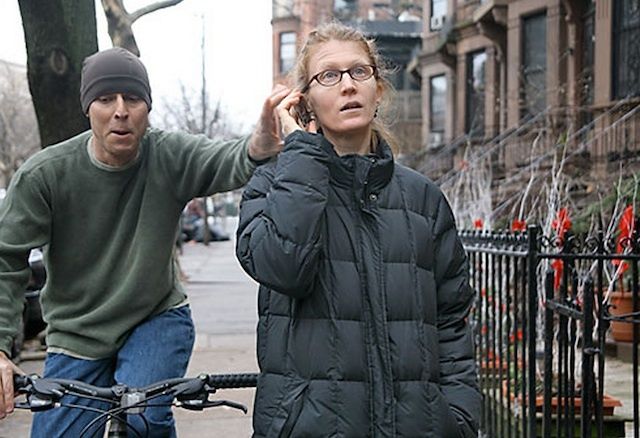As the devices we likely use the most on any given day, it makes sense that our smartphones should be as personalized as possible: not necessarily in terms of the New York Knicks or Hello Kitty case we keep them in, but in terms of how much they understand us and can anticipate our behavior.
A new patent application published Thursday shows how Apple is experimenting with future iPhones and other mobile devices which can comb through the usage patterns on particular device and determine whether it is being used by its rightful owner.

This system is based on pattern recognition tools that will examine everything from location and detected motion, to grammar, vocab and keyboard orientation preferences. This analysis would then be carried out on a dedicated pattern recognition server based off-site.
Should your iPhone detect that the device in question isn’t being used by the person it expects to be used by, this server could then send a signal that would remotely lock the device until a trusted form of authentication could be supplied. In present generation Apple devices this would likely be Touch ID, although Apple has also shown interest in various other forms of biometric password, including face recognition, retina scans, and voice signatures.

Apple has previously been praised for its work in smartphone security — being a leader in terms of incorporating features such as “Find my iPhone” and the anti-theft “kill-switch” into its handsets. In June this year, the presence of Activation Lock on iOS devices was put forward as a reason for the massive drop in iPhone thefts in San Francisco, London, and New York.
Today’s patent application doesn’t only have possible uses in terms of smart phone security, however. It could also be used to send out notifications to connected devices, in a hypothetical situation such as an elderly iPhone owner falling or showing signs of incapacitation, in which case it could alert a carer or relative.
In other words, it could be a real lifesaver.
Source: U.S Patents & Trademark Office
Via: Apple Insider


